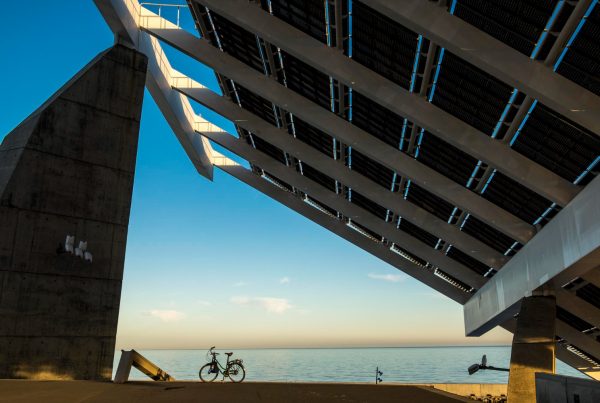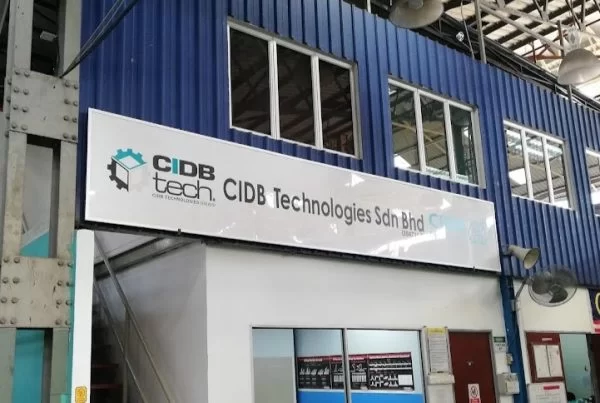
In modular construction, the final and crucial phase is onsite assembly—the process of putting together the modules built in a factory. While earlier stages, such as design, factory production, and logistics, are essential, the true test of a modular construction project’s success lies in the expertise required to assemble these modules quickly and accurately onsite.
This phase requires specific skills in modular construction techniques, such as ensuring precise module alignment. Each module must be carefully placed to fit seamlessly with others, creating a unified structure. Any misalignment during this process can cause structural problems, design inconsistencies, or delays that could disrupt the project timeline. Teams must be adept in positioning techniques, often using cranes and specialised equipment to move and set the modules precisely.
Another vital aspect of onsite assembly is utility integration. Many modules arrive with pre-installed utilities, such as electrical wiring, plumbing, and HVAC systems. The onsite team is responsible for ensuring that these systems align and connect seamlessly with the infrastructure already in place.
Foundation preparation is equally critical to the assembly process. The foundation must be perfectly level and constructed to support the weight of the modules. Even minor misalignments can disrupt the entire assembly process if the foundation is not prepared correctly. Experienced teams ensure the foundation is built to exact specifications to prevent complications.
Additionally, onsite teams must be equipped to handle unexpected challenges, such as weather-related disruptions or site access issues. Weather-resistant techniques and proper planning ensure the modules are assembled on time and protected during installation, even under challenging conditions.
Finally, safety is paramount in modular assembly. Handling large, heavy modules requires strict adherence to safety protocols to protect workers and avoid accidents. Experienced teams not only know how to install the modules efficiently but also do so while maintaining high safety standards, which is especially important in high-risk settings like schools, hospitals, or high-rise buildings.
This concludes our series on modular construction success. With strong preconstruction design, factory excellence, effective logistics, and precise onsite assembly, companies can achieve lasting success in modular construction.
Related articles:
Part 1: The Key to Modular Construction Success: Preconstruction Design
Part 2: Factory Excellence: The Heart of High-Quality Modular Construction
Part 3: Logistics and Project Management: Keeping Modular Projects on Track














